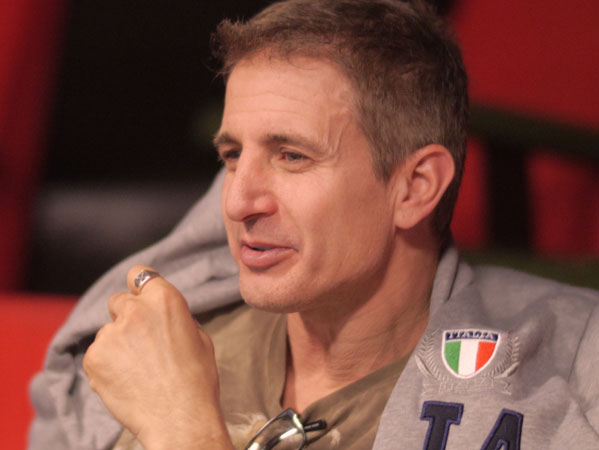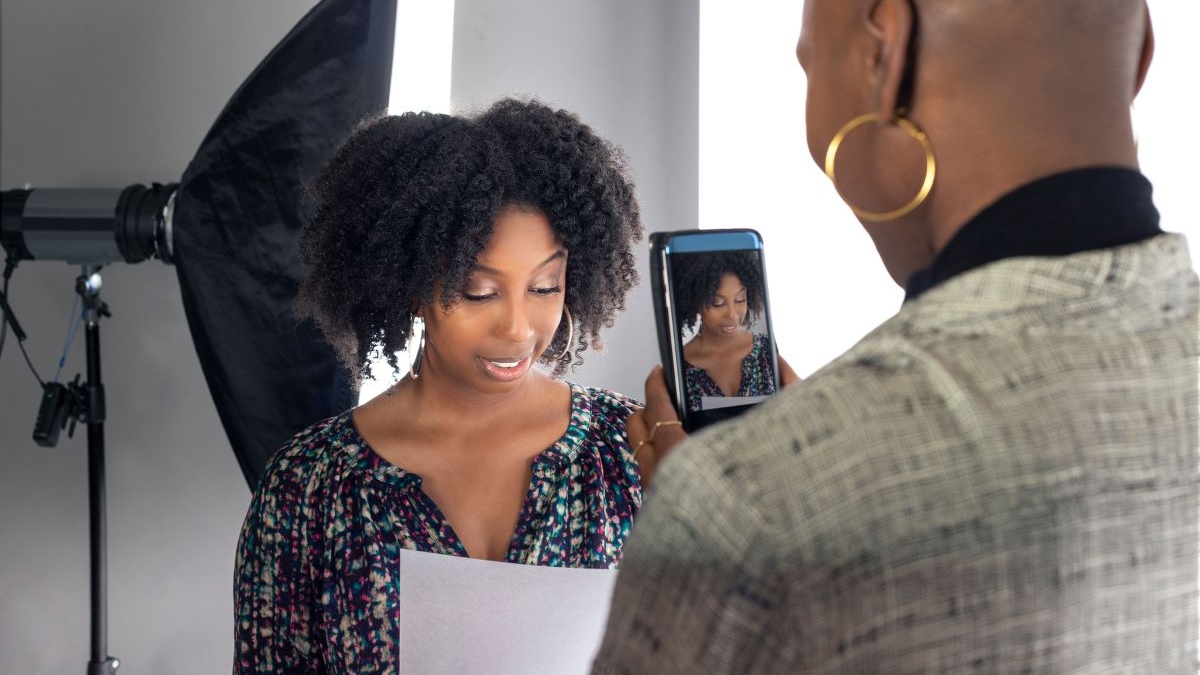How to Effectively Do a Self-Tape of Your Acting
Contents
ToggleHoping to audition for your dream role or multiple roles at a time but distance and scheduling conflicts are getting in the way? A self-taped audition may just be the ideal solution.
Where once upon a time actors had to show up in person for an audition or send a video via the post, ongoing advances in digital technology mean that it is now often more simple and time-saving to send a self-tape audition online.
Since you won’t be there in person though, you must master the skills needed to self-tape. You need to make the best possible impression without ever having met the casting director
In this guide, we’ll discuss the type of equipment you’ll need, what to wear, lighting and more so you can deliver the perfect self-tape every time.
What Is a Self-Tape?
A self-tape is a substitute for an in-person audition and involves an actor submitting a pre-recorded video audition online to a casting director. Self-tape auditions see an actor perform a selected piece of a script just as they would in person but with the benefit of being able to record multiple takes until they’re happy with the outcome.
Not all casting directors will allow a self-tape audition, but it is important to know how to do this as an actor as this is becoming more normal within the industry.
What Are Casting Directors Looking To See In My Self-Tape?
One of the most basic things every casting director will expect to see is a quality recording. This means well-lit with good audio and visual quality. If you fail on the technical aspects, your submission may be rejected immediately. Aside from this, you’ll need to demonstrate:
- Sincerity or believability in the role and character you are playing.
- You need to be engaging and interesting to watch.
- Intelligence in your selection of audition material. If you are not provided with a set script, choose something unique and bold that showcases your skills best.
- That you understand the project and the necessary tone and technique required.
Stand Out.
Check our term dates, and enrol in classes today.
What Equipment Do You Need?
There are four main pieces of equipment necessary to create a winning self-tape.
Camera
You can use your cell phone camera for a self-tape however you may need to invest in an external lens for the best results. This helps to enhance the video quality so you can avoid blurry or grainy footage.
You may also prefer to use a DSLR camera though this can be a little more fiddly and expensive for those not experienced in videography.
We recommend against filming using your laptop as they simply do not offer the required level of video or audio quality necessary for a great self-tape.
Tripod With Rig
For stable filming, you’re going to need a tripod. Be sure to opt for one that has a rig (mounting device) that suits your chosen camera type or smartphone. You’ll also want to make sure it can extend to your required height for ease of filming.
Lights
Poor lighting not only contributes to poor video quality but the inability of a casting director to properly make out your face. You should never rely on natural light being sufficient and instead invest in some soft lighting that enhances your features without washing you out.
You’ll need at least two lights, a key light which is in front of you and a fill light on the side. This helps to eliminate distracting shadows and ensure you are evenly lit. In a pinch and if on a budget, a ring light attached to your tripod can also be an effective choice.
Microphone
Alongside lighting, audio quality is seriously important, while your smartphone or DSLR camera has a built-in microphone, it is not recommended to rely on this. Why? Without an external microphone, you’re likely to pick up a lot of background noise which can detract from your performance or make it hard to hear you.
Skip using a handheld microphone or headset and opt for a Bluetooth microphone that can be clipped to your shirt or one that can be easily plugged into the headphone jack of your device.
Where Should I Film?
The best place to film your self-tape is indoors in front of a neutral background, this ensures the least amount of ambient noise or visual distractions. If you do not have a neutral backdrop, you can find collapsible ones inexpensively online, even a plain white sheet or curtain can do the job if necessary.
What To Wear
While patterns should be avoided, bright colours are okay for this aspect of filming. The only caveat to this is to avoid red, white or black as these don’t always perform well on film. Jewel tones that enhance your skin tone are ideal as are fitted clothes, collared tops and v-necks as they are the most flattering.
If your invitation to audition came with specific instructions regarding attire, be sure to stick with these to the letter regardless of your preference.
How To Film
Using a medium close-up of your chest to just over the top of your head and with your camera at eye level, you can begin filming. There is no need to pan in or out of the shot or add in any montages – this is all about your eye contact and expressions.
To help you stay in the frame throughout the taping, stand or sit directly in front of the camera. A tape marker can help you remain centred and avoid distracting movement. Be sure your camera is also at the right height, too low or too high means unflattering angles.
The length of your self-tape will be entirely down to the script provided, if no script or alternate instructions are provided, keep your filming to no more than one minute.
Next Steps
Following filming, you’ll need to look at editing if necessary and submission. Be sure to follow the casting director’s submission directives in full, particularly any details of what file format is preferred. Then it’s simply a matter of waiting to hear back!
For support filming your self-tape or guidance on how to impress casting directors, the skilled team at The Actors Pulse is here to help. Call us on 0414 475 515 to learn more.

Billy Milionis is one of the few Australians to have ever studied under the legendary master teacher, the late Sanford Meisner. Billy has also studied story structure and scene analysis techniques with John Truby and later at UCLA. He has also spent several years doing improvisation in Hollywood with the L.A. Connection. In addition, he trained in the technique of Stella Adler, Practical Aesthetics and Lee Strasberg’s method.




